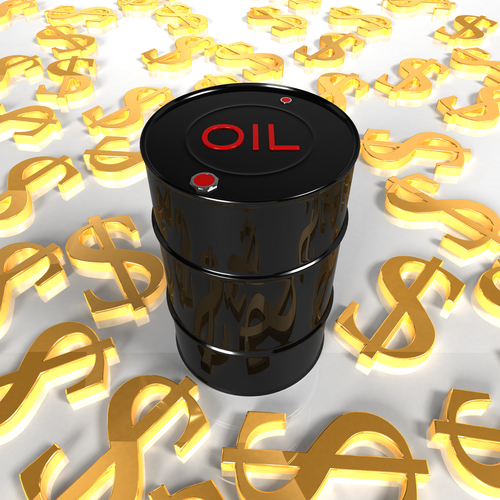Canada is awash with oil, one of nature’s most efficient sources of energy when it comes to the amount of power it can produce.
According to the U.S. government (who make keeping tabs on international oil reserves a top priority) Canada has some 180 billion barrels in its numerous oil reserves that canfinancially feasibly be extracted at current energy price levels. This puts the country in third place behind Venezuela and Saudi Arabia when it comes to known oil reserves around the globe.
But whereabouts in Canada do this country’s oil reserves lie?
Virtually all of the country’s oil is buried away (though not for long) in the Alberta oilsands. The federal government states that 97 percent of Canada’s total oil reserves are in the oilsands.
So when it comes to breaking down Canada’s oil inventory, the oilsands in Alberta, north of Edmonton, are a good place to start.
But what are the oilsands exactly? They’re all over the news, making big billion-dollar-plus financial deals, being studied by scientists, targeted for their environmental impact in campaigns by environmental and conservation groups and debated by politicians.

But the actual physical breakdown of the oilsands is that they’re a slurry-like mixture of sand, water, bitumen (a heavy form of unprocessed oil) and clay. This complex mixture needs to go through a comprehensive process by which the oil is separated from the earthy elements, and then further processed so it can become a synthetic form of oil that can then be transported (often in pipelines) to refineries. Sand makes up more than 80 percent of the oilsands extract.
The three biggest reserves are in three spots in northern Alberta, stretching over a total area of 140,00 square kilometres. They’re known as the Athabasca (the biggest of the bunch), Cold Lake and Peace River deposits. The oilsands substance is extracted from the ground at a depth of 50 to 200 metres, most often through noticeably large open pit mining operations.
But though Alberta rules the roost when it comes to current Canadian oil reserves, there’s also oil in other parts of the country. The biggest source so far here is in the Maritimes. Off the shore of Nova Scotia lie two major sea reserves of oil, called the Cohasset and Panuke oil fields. Oil extraction at these sites began back in 1992. Then, five years later, another Maritime offshore site was ramped up to oil extraction – the Hibernia oil field, which lies off the cost of Newfoundland and Labrador.
But looking forward, there’s another area where oil may be tapped – off the northern cost of British Columbia. However, don’t expect the oil rigs to be floating over there to begin pumping out oil anytime soon. According to the federal energy department, Natural Resources Canada, there is a de-facto moratorium on the development of oil in that region. The ban was initially put in place in 1972.
This moratorium was implemented despite a number of exploration permits for the area being issued. But they were cancelled over concerns of the environmental impact oil extraction in B.C. might bring about. Though the federal government may choose to allow the oil industry to explore the area again and set the lubrication systems, but currently they haven’t opted to do so, leaving Alberta and the Maritimes as the dominant oil regions in Canada.
Featured images:
- License: Royalty Free or iStock source: shutterstock.com
The author of the article is Jeremy Benson. He has been writing about economy ,finance and mortgage since 7 years. Blogging is one among his greatest passions. He is constantly updated about the latest news in the industry and sharing those updates with the readers gives him immense satisfaction .Follow him on Twitter@jeremybenson19
